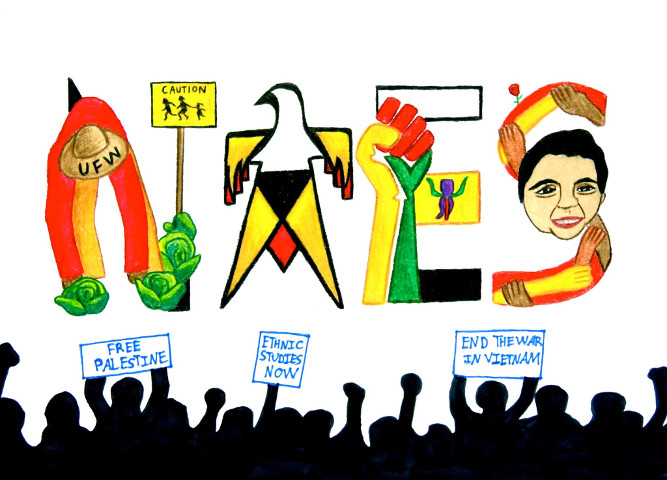Ethnic Studies Review

Orginal Publication Date
2009
Journal Title
Ethnic Studies Review
Volume
32
Issue
esr/vol32/iss1
First Page
1
Last Page
29
Abstract
Historically, the separation of blacks and whites in churches was well known (Gilbreath 1995; Schaefer 2005). Even in 1968, about four years after the passage of the landmark Civil Rights Act of 1964, Dr. Martin Luther King, Jr. still said that "eleven o'clock on Sunday is the most segregated hour of the week" (Gilbreath 1995:1). His reference was to the entrenched practice of black and white Americans who worshiped separately in segregated congregations even though as Christians, their faith was supposed to bring them together to love each other as brothers and sisters. King's statement was not just a casual observation. One of the few places that civil rights workers failed to integrate was churches. Black ministers and their allies were at the forefront of the church integration movement, but their stiffest opposition often came from white ministers. The irony is that belonging to the same denomination could not prevent the racial separation of their congregations. In 1964, when a group of black women civil rights activists went to a white church in St. Augustine, Florida to attend a Sunday service, the women were met by a phalanx of white people with their arms linked to keep the activists out (Bryce 2004). King's classic "Letter from a Birmingham Jail" was a response to white ministers who criticized him and the civil rights movement after a major civil rights demonstration (King [2002]).
Rights
Copyright ©ESR, The National Association for Ethnic Studies, 2009



Comments
Ethnicity: Analyses of Cultural, Social & Political Trends